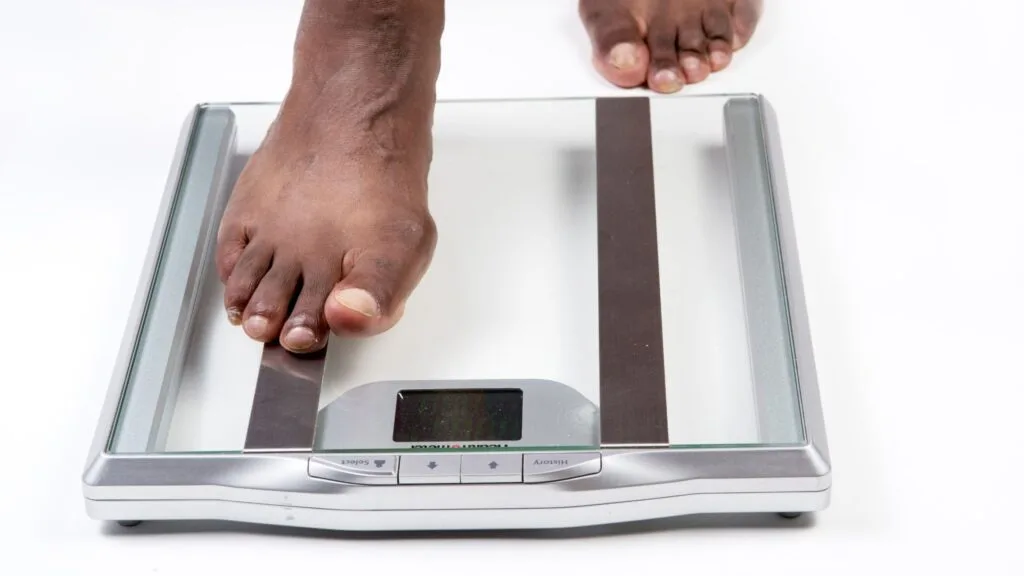In the healthcare industry, protecting both patients and medical professionals from contamination is non-negotiable. Whether it’s routine patient care or high-risk procedures, every layer of protection matters. Among these protective layers, an isolation gown plays a vital role in minimizing cross-contamination and ensuring overall safety within hospitals and clinical environments.
However, with a wide range of options available, selecting the right gown can feel overwhelming. From fabric materials to design specifications, every factor contributes to the effectiveness of the gown. This guide simplifies the selection process, helping healthcare decision-makers make informed choices for maximum protection.
Why an Isolation Gown is Essential in Healthcare
Healthcare environments are constantly exposed to bacteria, viruses, and other harmful contaminants. An isolation gown acts as the first line of defense against such risks. These gowns create a physical barrier between the wearer and potential infectious agents during patient interactions, diagnostic procedures, or surgeries.
The right gown not only reduces infection risks but also improves comfort and ease of movement for healthcare workers, leading to better performance during critical procedures.
Key Factors to Consider When Choosing an Isolation Gown
1. Material Quality and Fabric Type
The material of the gown determines its protective capacity. Common options include:
- Non-woven polypropylene: Lightweight, breathable, and cost-effective, ideal for basic patient care.
- SMS fabric (Spunbond-Meltblown-Spunbond): Offers a higher level of barrier protection, suitable for moderate to high-risk environments.
- Laminated materials: Provide the highest protection against liquid penetration, often preferred in surgical settings.
The gown material should align with the level of protection required for specific healthcare tasks.
2. Level of Protection (Based on AAMI Standards)
Gowns are categorized by protection levels:
- Level 1: Minimal protection, used for basic care.
- Level 2: Low-level protection, suitable for drawing blood or suturing.
- Level 3: Moderate protection, used in emergency rooms and trauma cases.
- Level 4: Maximum protection, designed for long, fluid-intense procedures.
Choosing the correct level ensures that healthcare professionals are adequately safeguarded during their duties.
3. Fit and Comfort
Healthcare workers wear isolation gowns for extended periods, so comfort is crucial. Gowns should have a generous fit, allowing free movement without causing fatigue. Features like knit cuffs, adjustable neck ties, and waist belts improve fit and comfort, making it easier to work efficiently.
4. Disposable vs. Reusable Options
While reusable gowns are available, disposable isolation gowns are widely preferred for high-risk environments due to their guaranteed hygiene after each use. Disposables eliminate the risk of improper laundering and provide peace of mind in terms of infection control.
Pairing with Essential PPE: Disposable Shoe Covers and Hood Covers
An isolation gown is most effective when used as part of a full-body protection strategy. Adding disposable shoe covers and hood cover ensures top-to-bottom defense, especially in surgical theaters, isolation wards, and cleanrooms.
- Disposable Shoe Covers: These prevent pathogens from spreading through footwear, keeping floors clean and reducing cross-contamination.
- Hood Covers: Protect the head and neck, critical zones often exposed during procedures, ensuring total protection against airborne contaminants.
Healthcare settings that implement all three — gowns, shoe covers, and hood covers — experience significantly reduced infection transmission rates.
Mistakes to Avoid While Selecting Isolation Gowns
- Overlooking Fabric Certification: Always verify if the fabric meets the necessary medical-grade certifications.
- Choosing One Type for All Situations: Different hospital zones require different protection levels.
- Ignoring Comfort Features: Discomfort leads to reduced compliance and improper gown use.
- Not Considering Disposal Methods: Ensure your facility has the right disposal protocols for single-use gowns.
Read Also – Buy Medical Equipment Online Without Any Hassle
Conclusion: Quality Protection Starts with the Right Gown
The right isolation gown, paired with disposable shoe cover and hood covers, creates a complete protective system that enhances safety and hygiene within healthcare facilities. Thoughtful selection based on material, protection level, and comfort ensures maximum protection for both patients and healthcare professionals.
At Dispowear Protection, we offer a comprehensive range of disposable protective clothing, manufactured with premium non-woven fabrics designed for optimal safety. Our gowns, shoe covers, and hood covers are tailored to meet diverse healthcare demands. Get in touch with our team today to explore the most suitable protective solutions for your facility.




